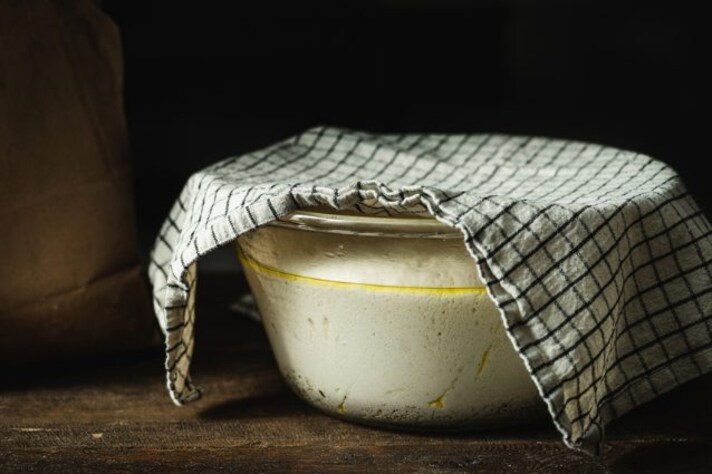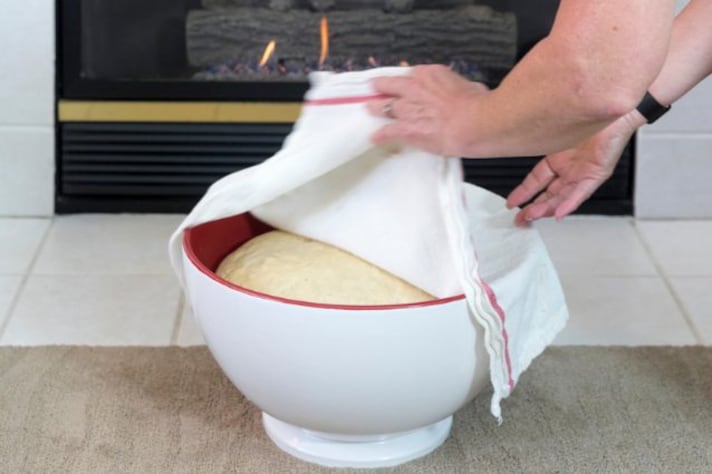
Baking bread is a meticulous process, a slow dance between ingredients, time, and technique. It’s a journey where every single step counts. The reward? That golden, fragrant loaf sitting proudly on your kitchen counter, a symbol of your hard work. But, as with any journey, pitfalls lurk around every corner. One wrong move—one rogue gust of air—can leave you with a doughy disaster instead of your dream loaf. Yes, even the gentlest breeze can be your enemy, drying out and ruining your dough before it even has a chance to shine.
Air: The Enemy of All Things Soft and Fluffy
When dough comes into contact with air, it begins to form a crust almost immediately. This isn’t the delicious kind of crust you’ll love on your finished loaf—it’s the kind that signals disaster. Exposure to air dries out the dough’s surface, causing it to lose its elasticity and moisture. This can lead to tough, uneven patches that don't incorporate properly during shaping or baking. Even during those precious moments when it’s rising, leaving it uncovered can create an environment where the outer layer dries faster than the inside, resulting in uneven fermentation. Ultimately, a neglected dough is a dough that will fight you every step of the way—and likely ruin your loaf’s chance at greatness.

What About When You Store Dough in the Fridge or The Oven?
Now, you might wonder, “If I place the dough in the fridge or a closed oven, can I skip covering it?” Technically, these environments are more controlled than your countertop, but the answer is still a firm no. Even in a fridge, air circulates, and temperatures fluctuate, which can still dry out your dough’s surface. Similarly, an oven—even one that’s turned off—doesn’t provide the airtight environment needed to protect your dough. Cold fermentation (a.k.a. letting it rise overnight in the fridge) requires a seal, like plastic wrap or a well-fitted lid, to lock in moisture and prevent drying. Don’t give the air a chance; keep that dough cozy.
Is There Ever a Time to Leave Dough Naked?
You might think there’s a window of opportunity, maybe after the first or second rise, to let your dough breathe a little. But, in reality, exposing dough to air is never recommended, no matter the stage. After the first rise, dough is still sensitive and needs protection to keep developing. The second rise, where you often shape the dough, is even more critical. It’s the final chance to trap those beautiful gas bubbles that make your loaf airy and light—exposing the dough at this stage can compromise that. So, the answer is simple: keep your dough covered from start to finish to ensure it stays soft, elastic, and ready to rise to the occasion.

How to Properly Protect Your Dough
Covering dough is more than just a quick fix; it’s an art. Plastic wrap is a popular choice, as it forms a tight seal, but make sure it doesn’t press directly onto the dough—this could ruin its rise. Instead, give it a little space, almost like a protective dome, to prevent sticking. Alternatively, a damp kitchen towel works wonders for shorter resting periods, providing a breathable cover that maintains humidity. If you’re using a bowl, find a lid that fits snugly. The key is simple: keep it sealed, keep it soft, and let no air in until you’re ready to bake. After all, no one wants a loaf of bread that feels like it’s been left out in the cold.
;Resize,width=767;)
